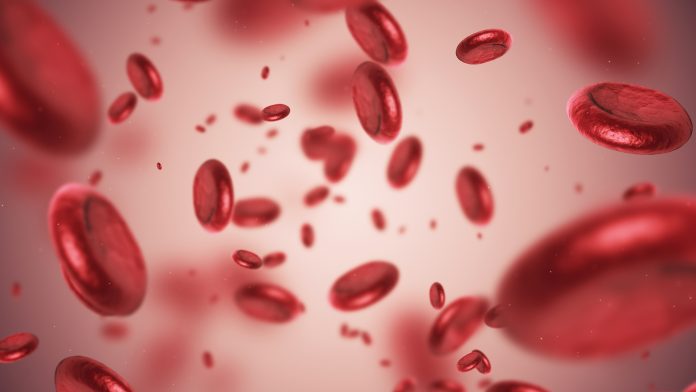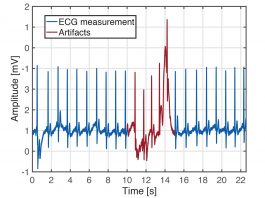Scientists at the University of Regensburg, Germany, have designed a high-performance laser-printed graphene-electrode biosensor, that can be used to detect blood disorders.
Thrombin is found in increased concentrations under abnormal conditions, and thus can be used to diagnose and monitor blood disorders. It is crucial to detect even small concentrations of thrombin in the blood. Now, a team of researchers has devised a novel graphene-electrode biosensor to accurately detect minute amounts of thrombin in the blood, thereby promising to revolutionise the field of blood disorder diagnostics.
Aptamers are commonly used as biosensors because the nucleic acid-based molecules can bind to a specific target molecule and they are more stable than antibodies. Aptamer-based electrochemical biosensors are known to have high sensitivity and low limits of detection, making them ideal to detect small concentrations of biomarkers like thrombin. However, biomarkers are often hard to detect unless tagged with a ‘label’ (such as an enzyme or a fluorescent molecule). To make the process of detection easier and cheaper, skipping this labelling step is crucial.
The team of scientists, from University of Regensburg, Germany, and Chung-Ang University, Korea, designed a novel aptamer-based biosensor consisting of a laser-induced graphene, a material that is highly porous and can be fashioned in an interlocking manner to form interdigitated electrodes.
Associate Professor Min-Ho Lee from Chung-Ang University, one of the lead scientists on this study explained: “Laser-induced graphene combines the high electrical conductivity of graphene with an ultra-easy fabrication procedure that simply requires a CO2 laser printer. In addition, the high porosity and the interlocking design enhance the biosensor’s sensitivity.”
In an earlier paper by the same team, scientists had found, based on electrochemical impedance spectroscopy studies, that laser-induced graphene electrodes exhibit high performance at low frequencies. In their latest paper published in Biosensors and Bioelectronics, the team used this knowledge to optimise their biosensor and recorded its response at a frequency of 0.5 Hz (or half cycles per second), for different concentrations of thrombin in buffer and serum samples. They measured its sensitivity and limit of detection as a function of electrode size and labelling done with liposomes and polymer nanoparticles.
The team found that the laser-induced graphene biosensor could reliably detect thrombin concentrations varying over five orders of magnitude with a low limit of detection and showed little change in performance with the electrode size. They also found that the label-free detection worked well with the additional nanoparticle labels, only minimally increasing the sensitivity or lowering the limit of detection. The scientists attributed this observation to the high porosity of the electrodes dominating the capacitive response of the sensor. Moreover, the sensor performance exhibited good reproducibility, repeatability, and long-term stability (>7 weeks), demonstrating its robustness.









